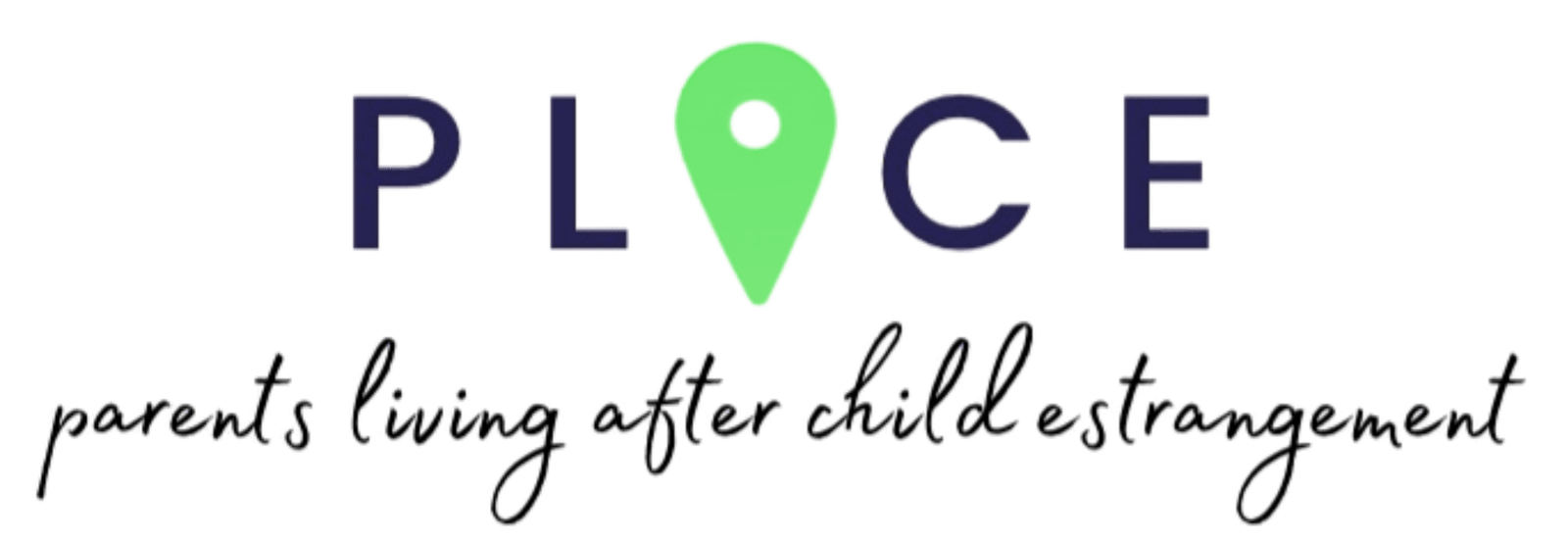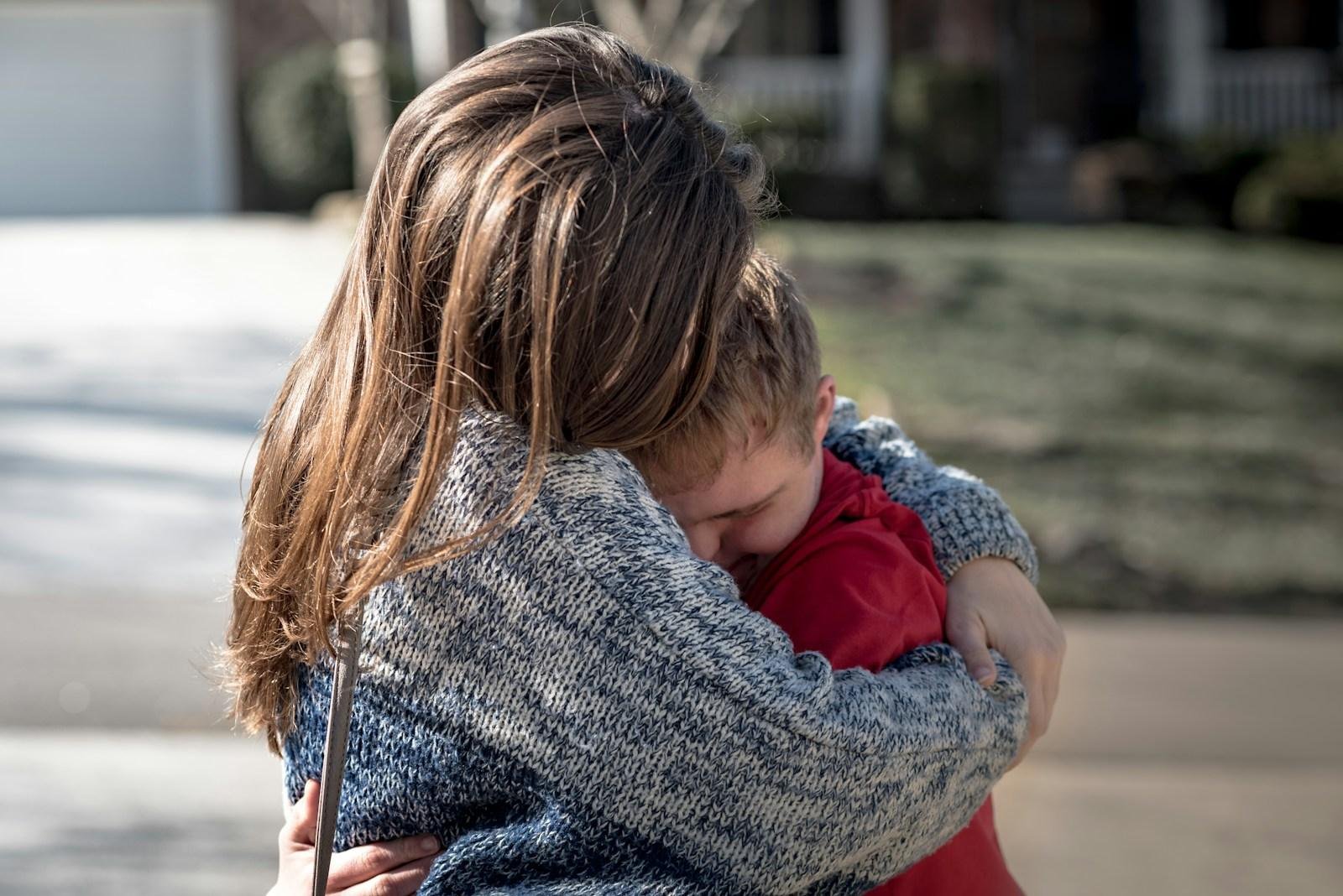Hi, I’m Brian Briscoe.
If you’re reading this, you’re likely carrying a kind of pain that doesn’t have a proper name—only a heavy presence in your chest. You might feel numb, enraged, heartbroken, confused—or all of these things at once. This is what emotional trauma from child estrangement looks like. And it deserves attention, care, and healing.
Child estrangement is a loss. But unlike other kinds of grief, there are no rituals, no casseroles dropped off at the door, no cards in the mail. Often, it’s invisible to the outside world—but it’s loud and raw on the inside.
This article is for parents like you—those who are quietly carrying that weight. My hope is to help you begin (or deepen) your journey toward emotional healing.
Because while estrangement might change your role, it doesn’t erase your identity or your worth.
What Does Emotional Healing Mean After Estrangement?
Let’s get something straight from the beginning: healing is not forgetting. It’s not pretending that everything is okay or pushing away the pain. Healing means creating space for your emotions, making meaning from your experience, and slowly reclaiming the parts of yourself that were buried in grief, shame, or confusion.
It’s about allowing what’s happened—and choosing how you live now.
Healing is not linear. There will be good days, bad days, and days where you feel like you’re starting all over again. That’s okay. Healing isn’t a straight line—it’s a spiral.
Step One: Name the Loss
One of the cruelest things about estrangement is that it’s often ambiguous. There’s no funeral, no farewell, no final conversation. The person is still alive, but they’re gone from your life. You don’t know how to grieve them, because technically, they’re still there.
This is called ambiguous loss, a term coined by Dr. Pauline Boss. And it’s one of the hardest types of loss to process, because closure doesn’t come easily—if at all.
You need to name this loss. You’re grieving a relationship, a role, and a future you imagined.
You’re grieving:
- The child who used to call or come home for the holidays
- The milestones you thought you’d witness
- The conversations you wanted to have
- The connection you assumed would last forever
This is real grief. You have every right to feel it.
Step Two: Make Space for Your Emotions—All of Them
Many estranged parents say to me, “I don’t know what’s wrong with me—I just can’t stop crying,” or “I feel like a bad person for being so angry.”
You are not broken. You are reacting to a deep, complex wound.
You might feel:
- Sadness
- Shame
- Anger
- Betrayal
- Guilt
- Fear
- Confusion
- Numbness
All of these are normal. None of them make you weak, unlovable, or beyond help. In fact, naming and allowing your emotions is the first real step toward healing.
Try This: Emotional Check-In Exercise
Take a quiet moment each day and ask yourself:
- What emotion is present right now?
- Where do I feel it in my body?
- Can I be with this feeling, just for 90 seconds, without judging it?
This simple check-in can help you reconnect with yourself and reduce emotional overload.
Step Three: Release the Blame Game
Almost every parent I work with wrestles with the question: Was it all my fault?
While reflection is healthy, self-punishment is not. Many estrangements come from a combination of factors—personality differences, family history, mental health challenges, trauma, boundary conflicts, and shifting generational values.
Sometimes your child’s choice has more to do with their internal world than with your actions. That doesn’t mean you’re perfect—but it does mean you don’t have to carry 100% of the blame.
Emotional healing means holding a compassionate mirror to your past, without shattering yourself in the process.
You can say:
- “I made mistakes, but I also did my best.”
- “There are things I would do differently now—but that doesn’t make me a bad parent.”
- “I can grieve without hating myself.”
Self-compassion is not denial. It’s the soil from which real growth emerges.
Step Four: Reconnect With Your Identity
Many parents describe estrangement as losing not only a child—but part of themselves.
You may wonder:
- Who am I if I’m not needed as a parent?
- What do I do with the love I still carry?
- How do I move forward without feeling empty?
These questions are normal—and they’re worth exploring.
Emotional healing involves reclaiming your identity outside of your role. You are more than a parent. You are a whole person—with interests, wisdom, humor, pain, creativity, and a story worth telling.
Ideas to Help Reconnect with Your Self:
- Revisit old hobbies or passions you put aside
- Volunteer or mentor in areas that bring you purpose
- Explore therapy or coaching to rebuild your personal narrative
- Write letters (to yourself or your child) that help release feelings
- Practice daily gratitude to stay grounded in the present
You are allowed to exist joyfully—even without reconciliation.
Step Five: Set Boundaries That Protect Your Peace
One of the most difficult parts of healing is learning how to set emotional boundaries—with your child, family members, friends, or even yourself.
You might have to:
- Limit conversations with people who judge or minimize your experience
- Stop checking social media for clues about your child’s life
- Clarify what kinds of communication (if any) you are open to
- Say “no” to guilt-based family dynamics
- Limit your own self-blame spirals with gentle redirection
Boundaries aren’t walls. They’re fences with gates—you decide who, when, and how people enter your emotional space. And most importantly, boundaries allow you to feel safe in your own mind and heart.
Step Six: Find a Support System That Sees You
You don’t have to walk this path alone.
At PLACE, we offer:
- Virtual support groups where you can speak freely and find people who truly get it
- One-on-one coaching to help you develop realistic coping tools and boundaries
- Therapeutic sessions for deeper emotional healing
- A weekly newsletter for encouragement, education, and hope
Our community is built around honesty, compassion, and choice. No toxic positivity. No quick fixes. Just real support, at your pace.
And remember: support doesn’t mean weakness. It means you’re wise enough to ask for help—and brave enough to receive it.
Bonus: Healing Doesn’t Mean You Stop Loving Them
Let’s address a myth: some parents fear that “moving on” means giving up or forgetting their child.
Let me reassure you:
Healing does not erase love.
You can still love your child while accepting the present reality. You can still hold hope without clinging to it. And you can still carry that love in your heart—even if you choose to stop chasing reconciliation.
In fact, healing often creates a truer, more grounded kind of love—one that’s no longer tied to pain, fear, or desperation.
Final Words: There Is Life After Estrangement
Estrangement feels like an earthquake. It shakes everything you thought was secure. But once the dust settles, you get to rebuild—not what was, but something new.
That new life might be quieter. It might be simpler. But it can be deeply fulfilling. It can be yours.
Here’s what I want you to know:
- You are not alone
- You are not broken
- You are not without worth
- And you are allowed to heal—right now, as you are
Your story is still unfolding. Let’s walk this chapter together.
—Brian








